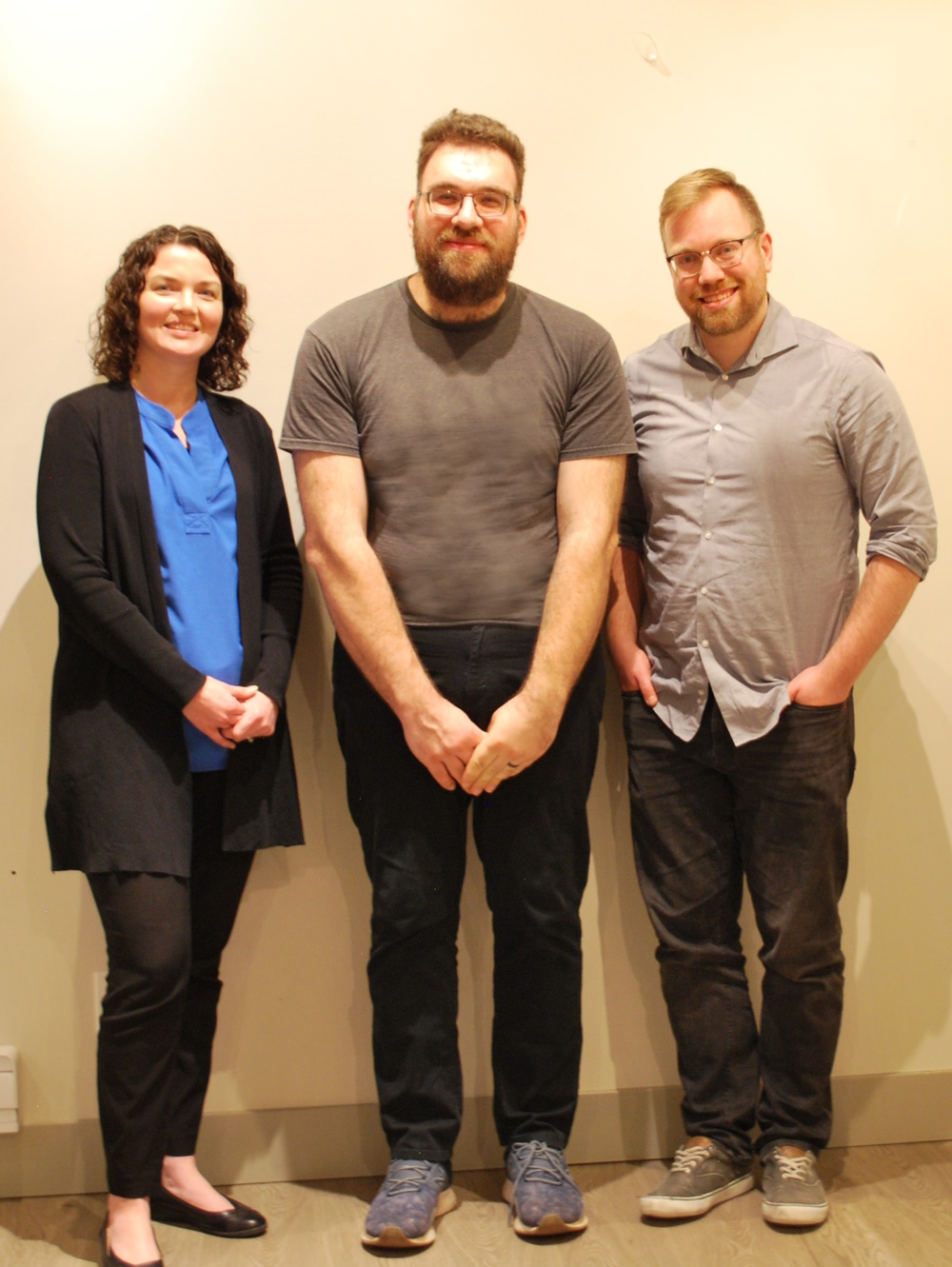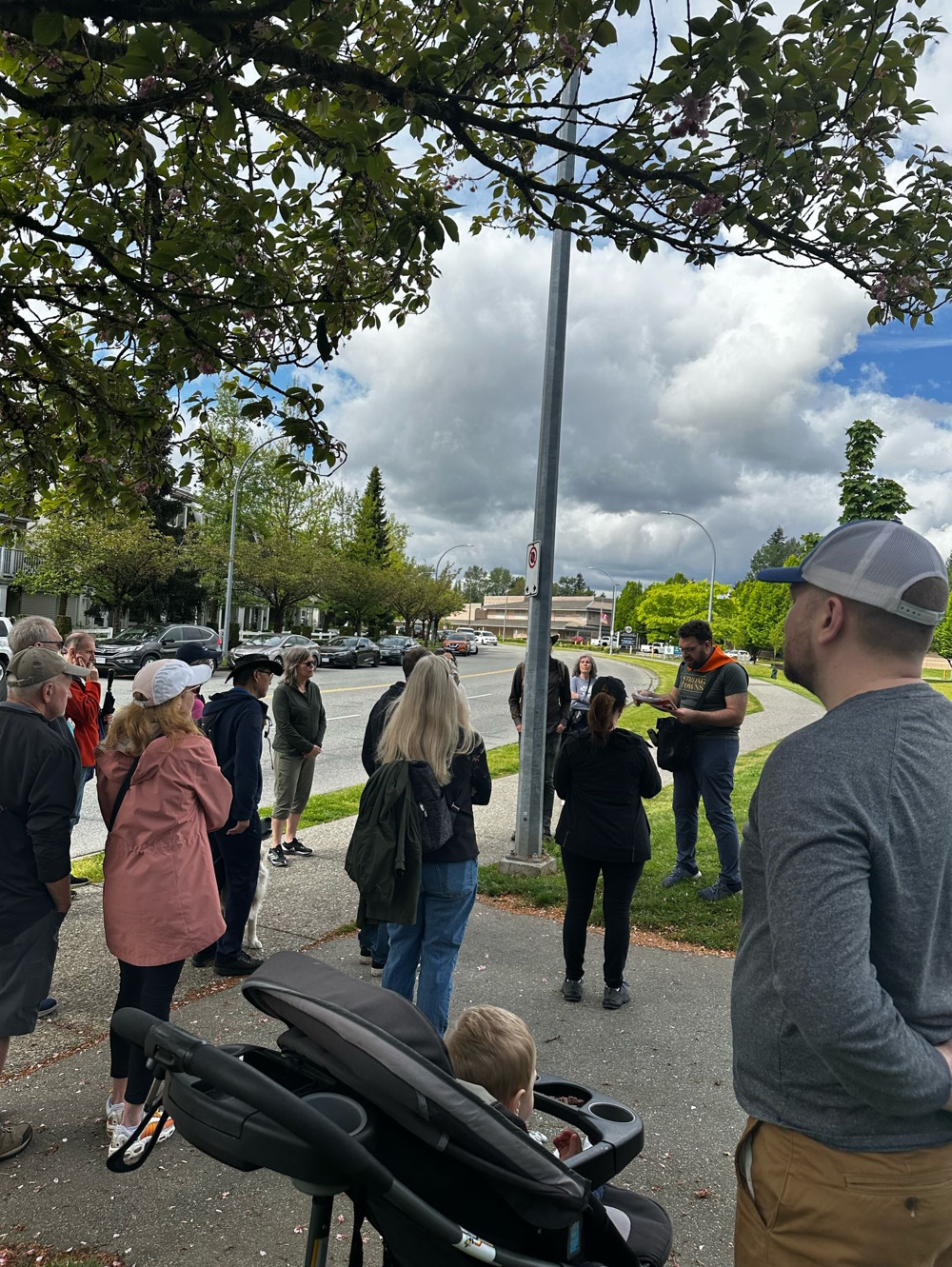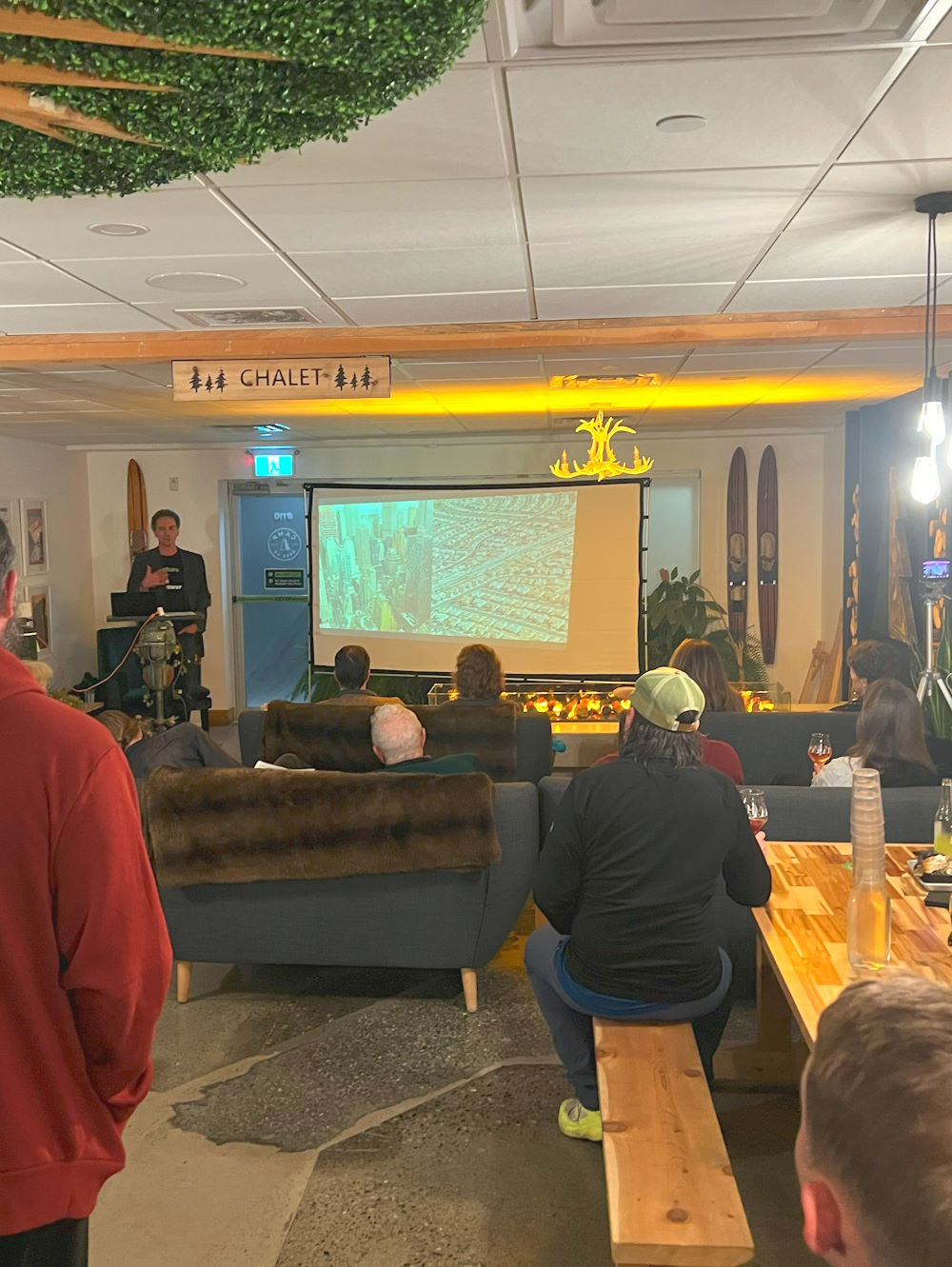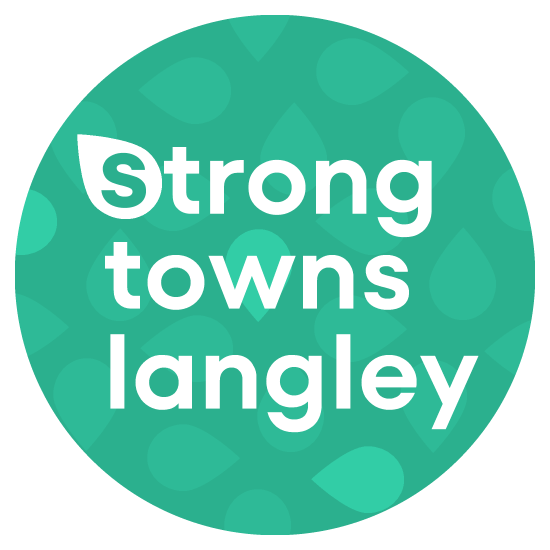The Impact of Surface Parking
The Hidden Costs
Surface parking has significant impacts on our communities:
- Pushes cities apart by forcing buildings to be spread far apart with large parking lots in between
- Creates unwalkable spaces that feel empty and uninviting
- Wastes valuable urban land that could support homes, businesses, parks, and other uses
- Makes housing and businesses cost more due to expensive requirements
- Reduces tax revenue potential compared to active uses
- Creates heat islands and increases stormwater runoff
Metro Vancouver's Findings
According to the 2024 Metro Vancouver draft report:
- Parking is oversupplied by 47% in strata buildings and by 35% in market rental buildings
- Parking utilization decreases near frequent or rapid transit, particularly for rental housing
- Parking costs can exceed $200,000 per stall when geotechnical challenges like poor soil conditions or high water tables are present
Interactive Parking Map
About the Map
This map displays the location of public and private parking lots in Langley. Blue areas represent public parking lots, while teal areas represent private parking lots.
Parking lots are a significant form of land use in urban areas. This visualization helps identify the distribution and extent of land dedicated to parking, which can inform discussions about urban planning and land use efficiency.
Data Source:
- Parking lot data: OpenStreetMap
This map was created using our custom Parking Lot mapping tool.
A Better Approach
Our Delegation to Langley City Council (January 13, 2025)
Reimagining Parking
From a Strong Towns perspective, we can improve our approach to parking through:
- Right-sizing requirements: Eliminating or reducing minimum parking requirements
- Shared parking: Encouraging parking to be shared between complementary uses
- Pricing: Using market pricing to ensure efficient use of parking spaces
- Better design: Integrating parking into buildings or behind structures
- Redevelopment opportunities: Converting underused lots to housing or commercial space
- Alternative mobility: Making walking, cycling, and transit more viable options
Recent Developments
- The City of Vancouver eliminated parking minimums city-wide in June 2024
- Fort Langley has had a cash-in-lieu parking scheme since 1995
- In May 2024, Township of Langley council voted to develop a cash-in-lieu parking scheme for downtown Aldergrove
Parking Minimums in Langley
What are Parking Minimums?
Parking minimums are local laws that require developers and property owners to provide a minimum number of off-street parking spaces when building or changing a property's use. The number of required spaces is determined by formulas, regardless of actual need, market demand, available street parking, or transportation options.
For example, the City of Langley Zoning Bylaw 2100 requires:
- 3.0 parking spaces per 93m² (≈ 1000ft²) for eating establishments
- This means a 372m² (≈ 4000ft²) restaurant would need 12 parking spaces
Transit Oriented Areas
Approximately a quarter of Langley City (≈ 2.4km² of 10.18km²) is within a Transit Oriented Area (TOA) zone where parking minimums are already prohibited under provincial legislation.
Alternative Approaches
Instead of mandatory parking minimums, municipalities can:
- Eliminate parking minimums city-wide (as Vancouver did in June 2024)
- Implement cash-in-lieu schemes (like Fort Langley since 1995)
- Establish agreements for public use of existing private parking lots
- Promote more walkable, transit-friendly development patterns
Related Videos
Are Parking Lots Ruining Your City?
— Strong Towns
Parking minimums stymie growth in towns. Citizens of Fayetteville, Arkansas realized this, and inadvertently began a movement by removing parking minimums, seeking to make it easier for entrepreneurs to rejuvenate empty buildings downtown.





